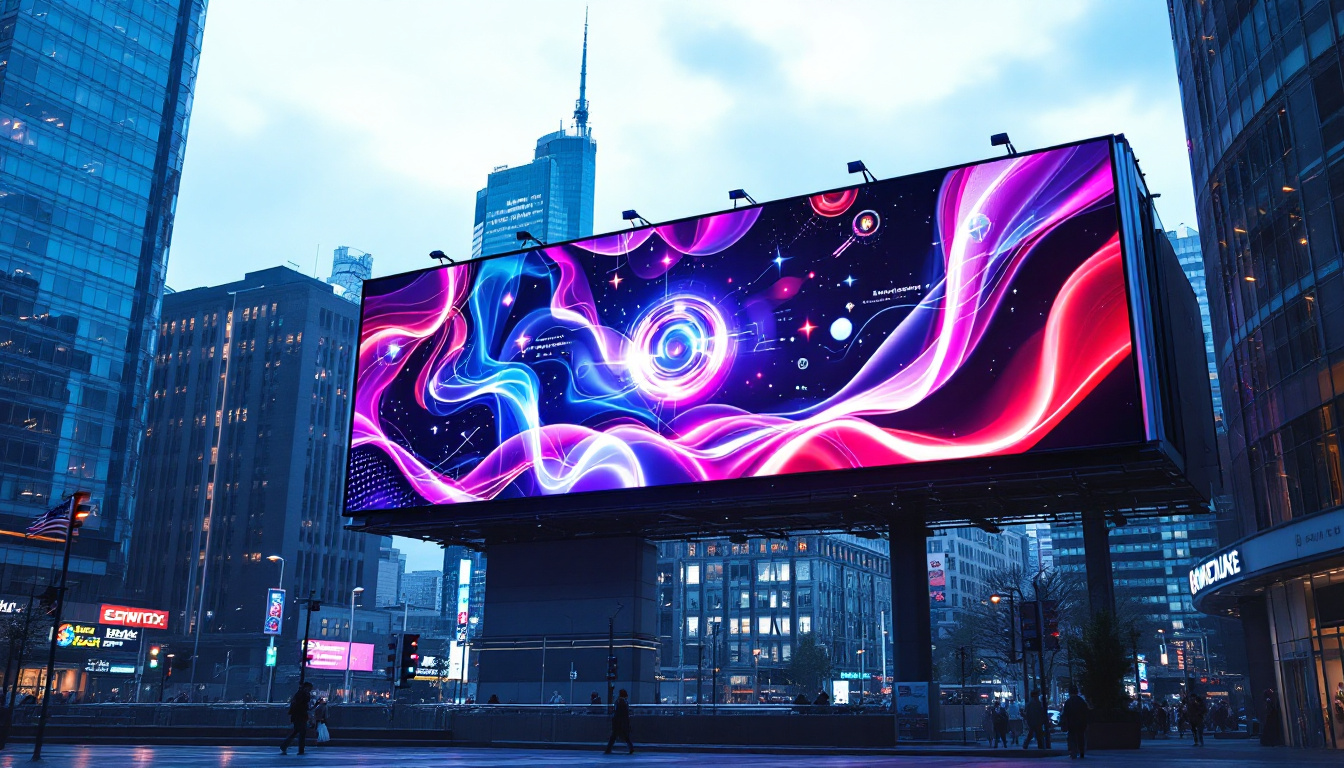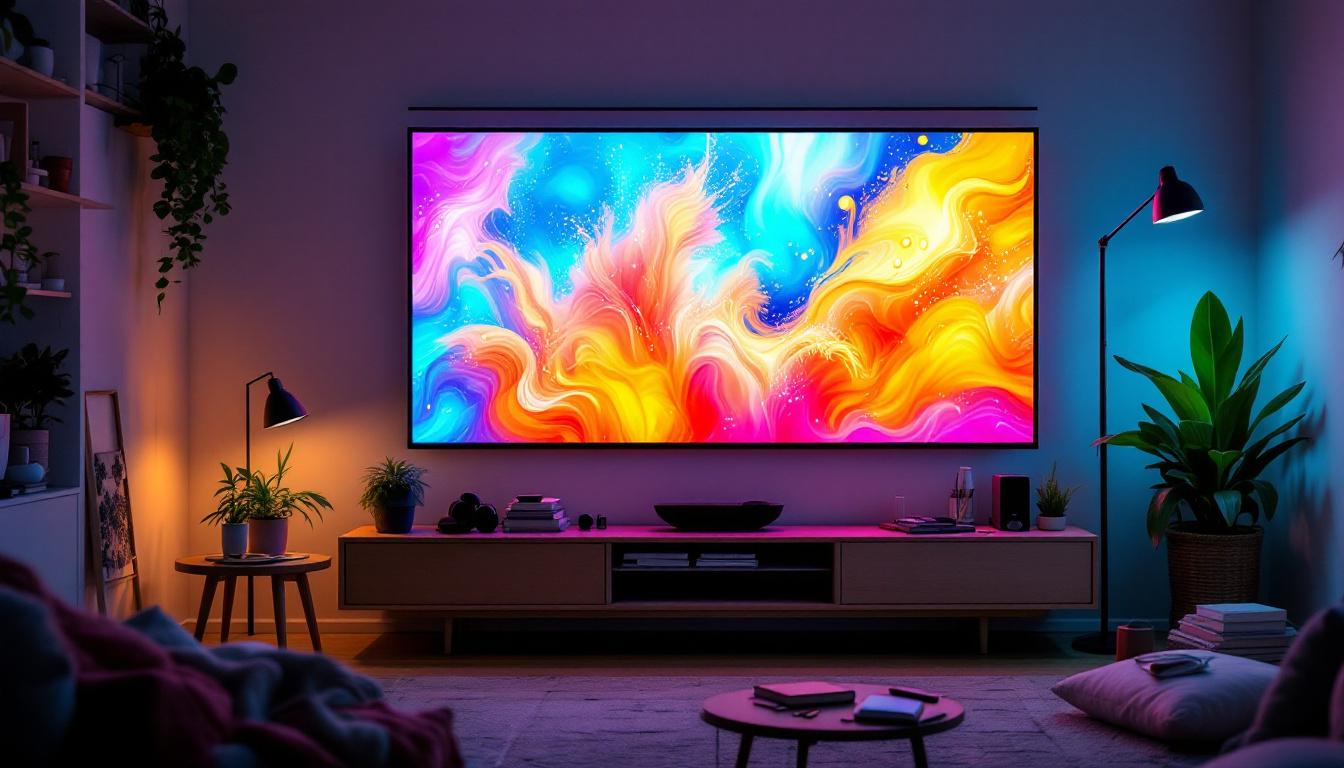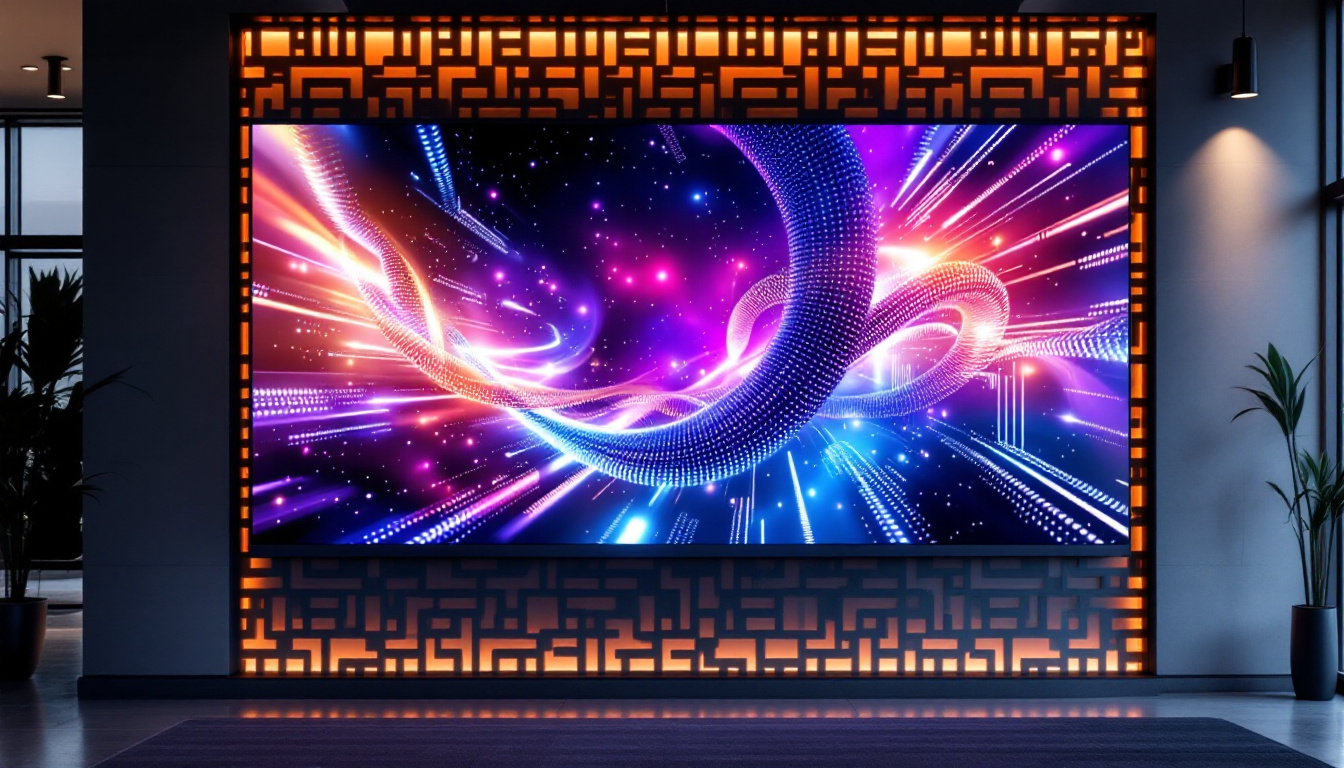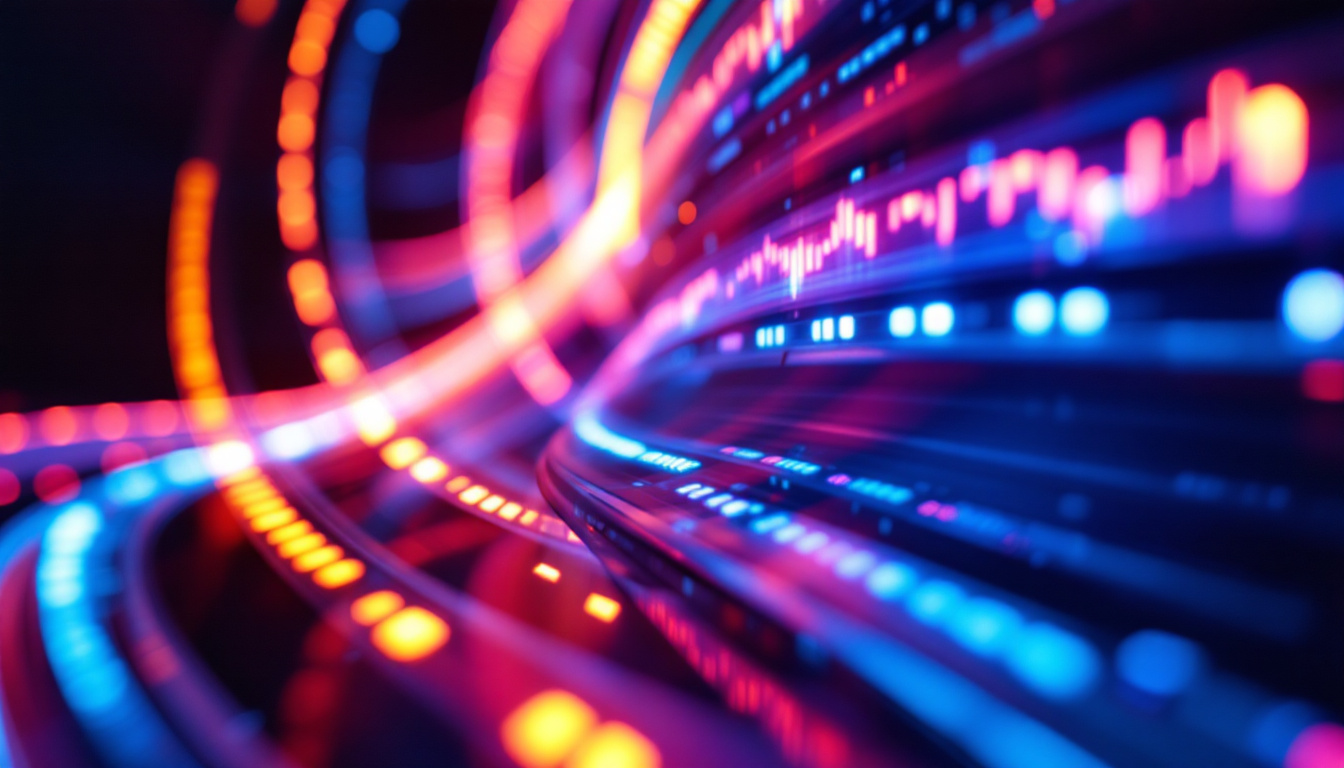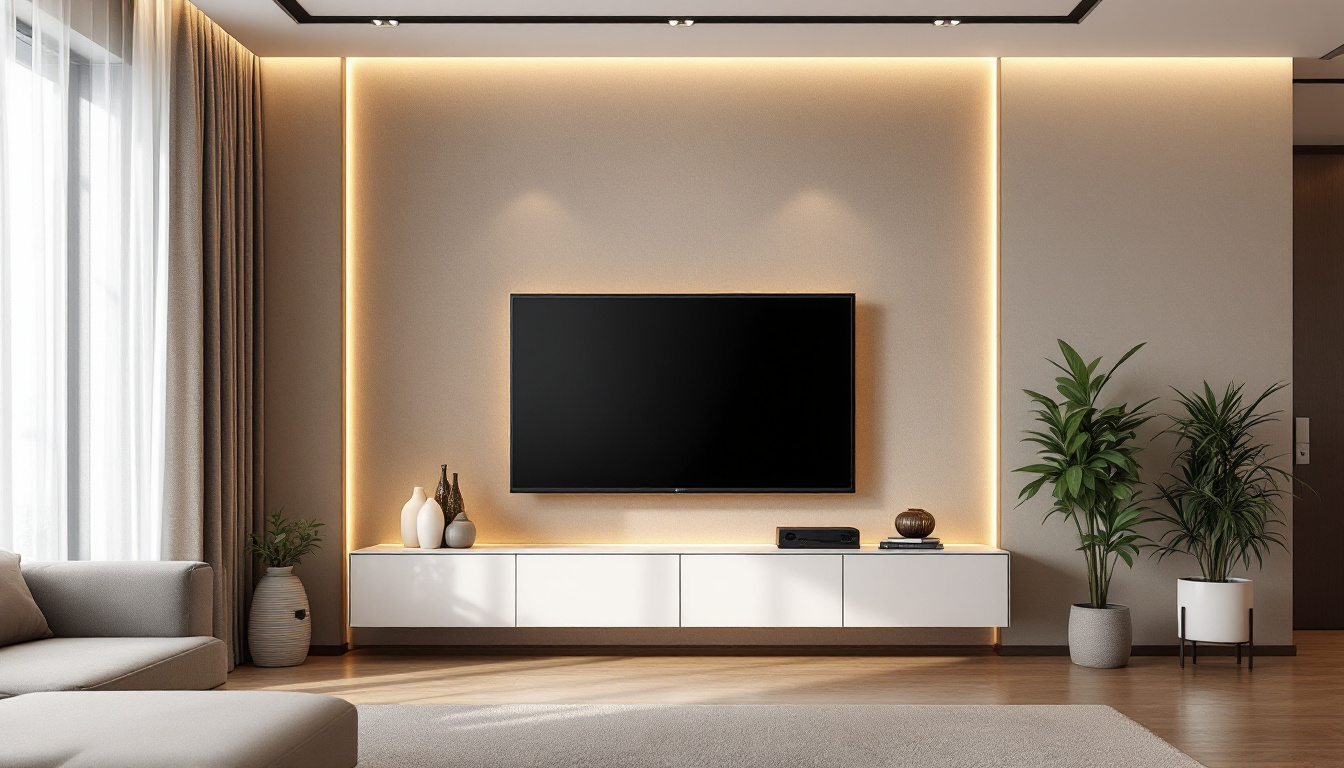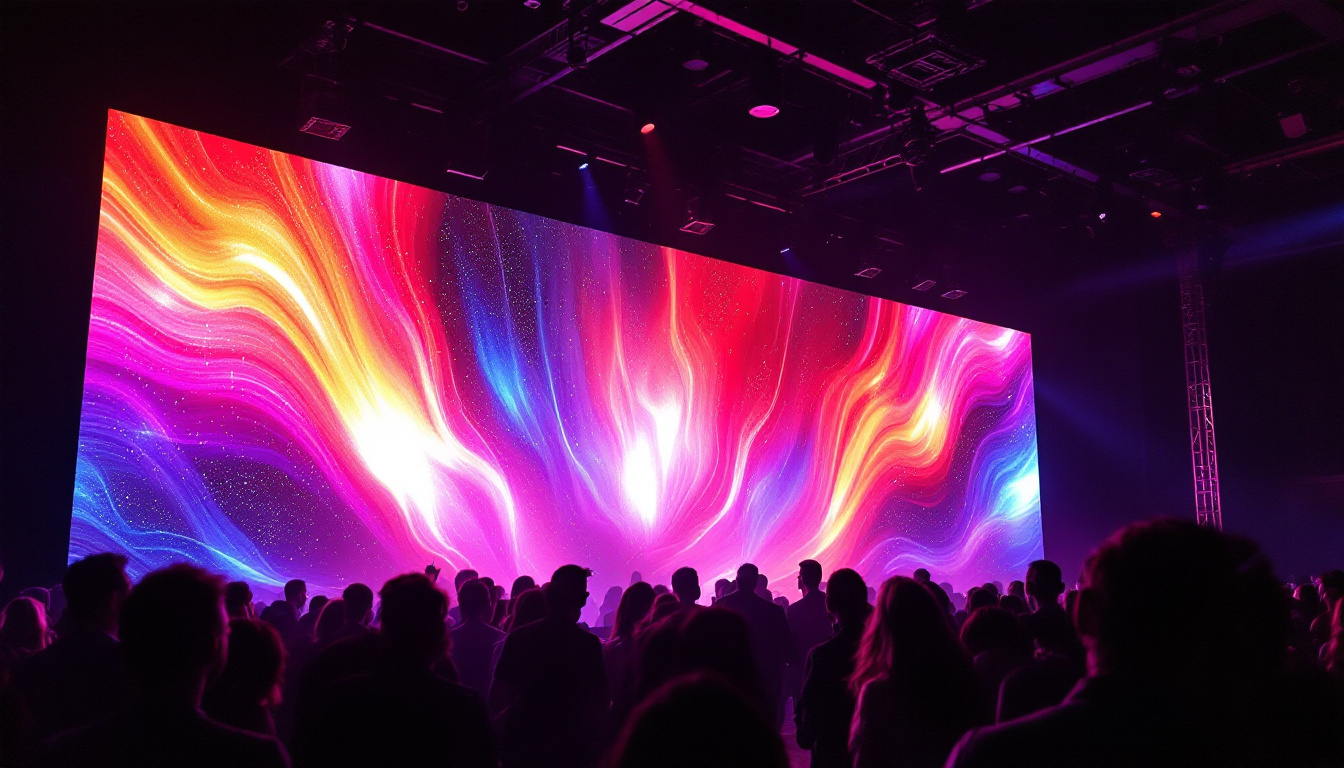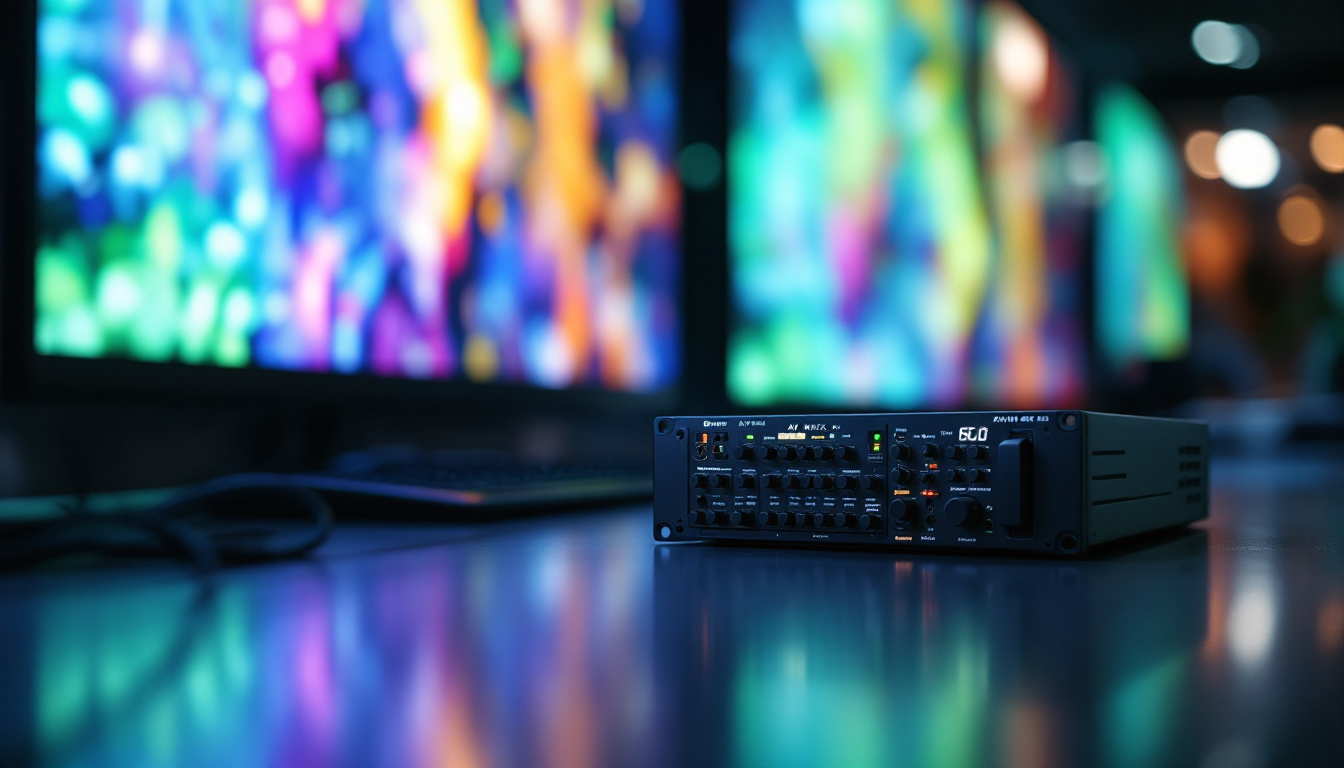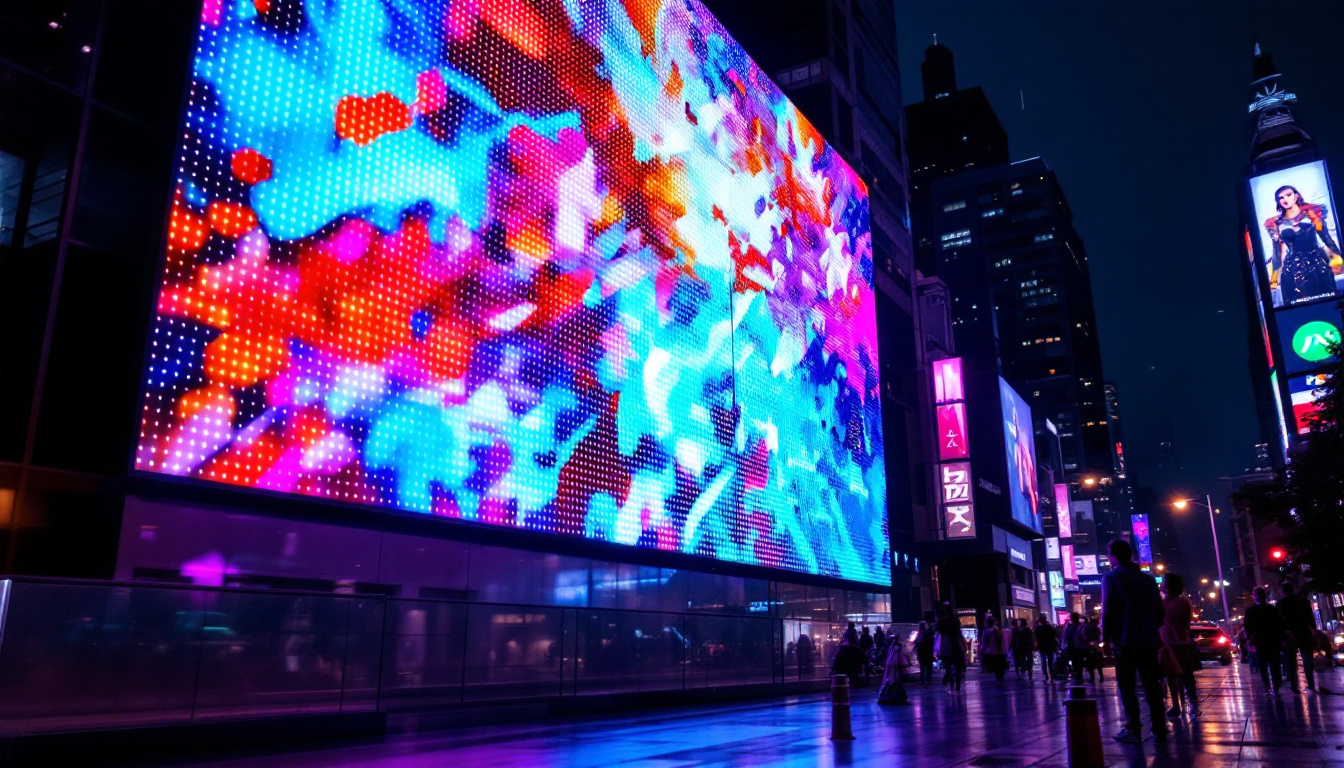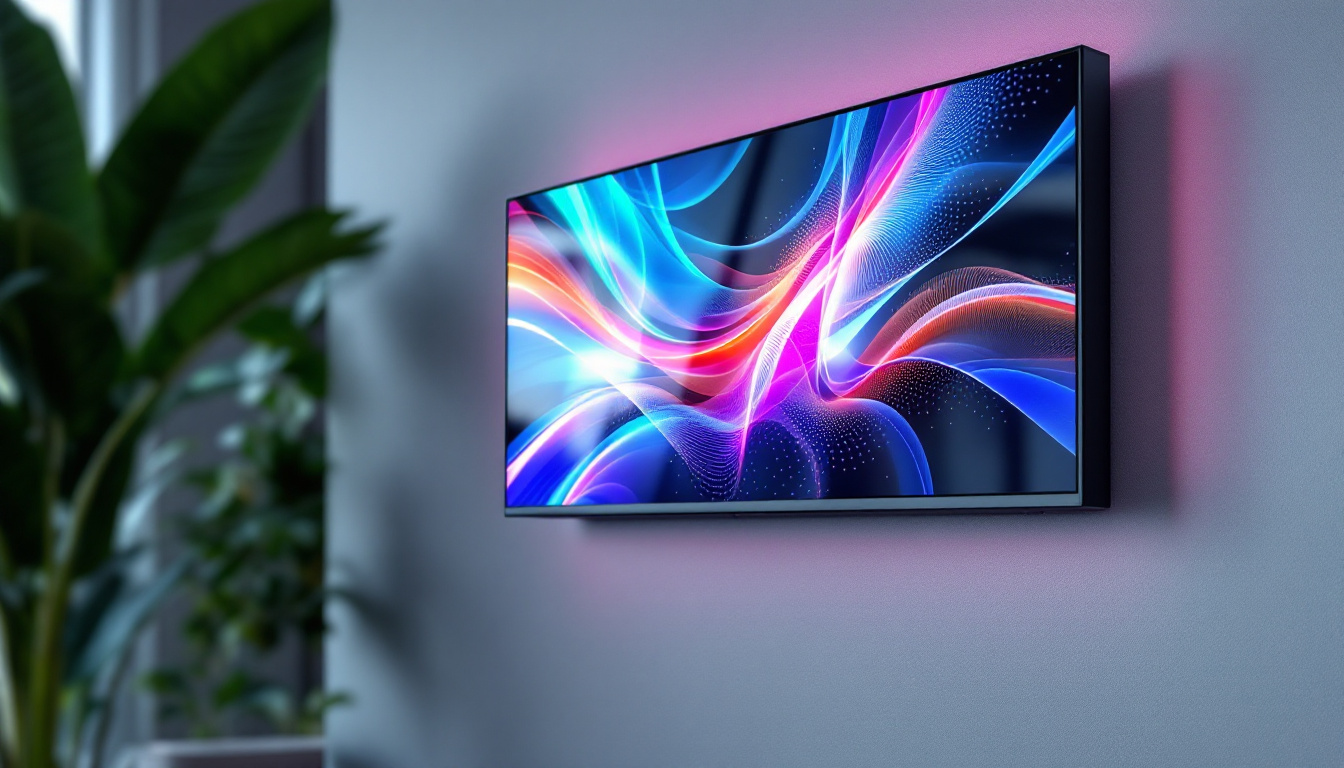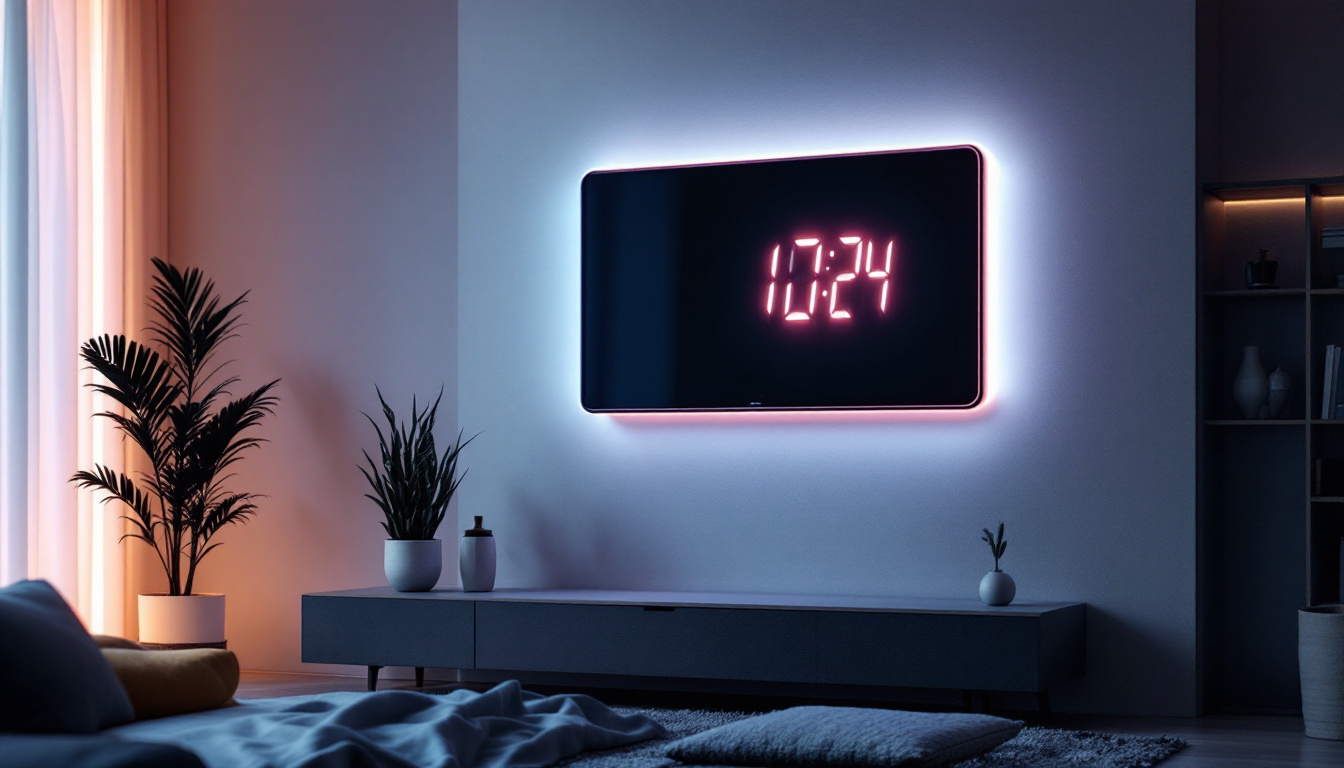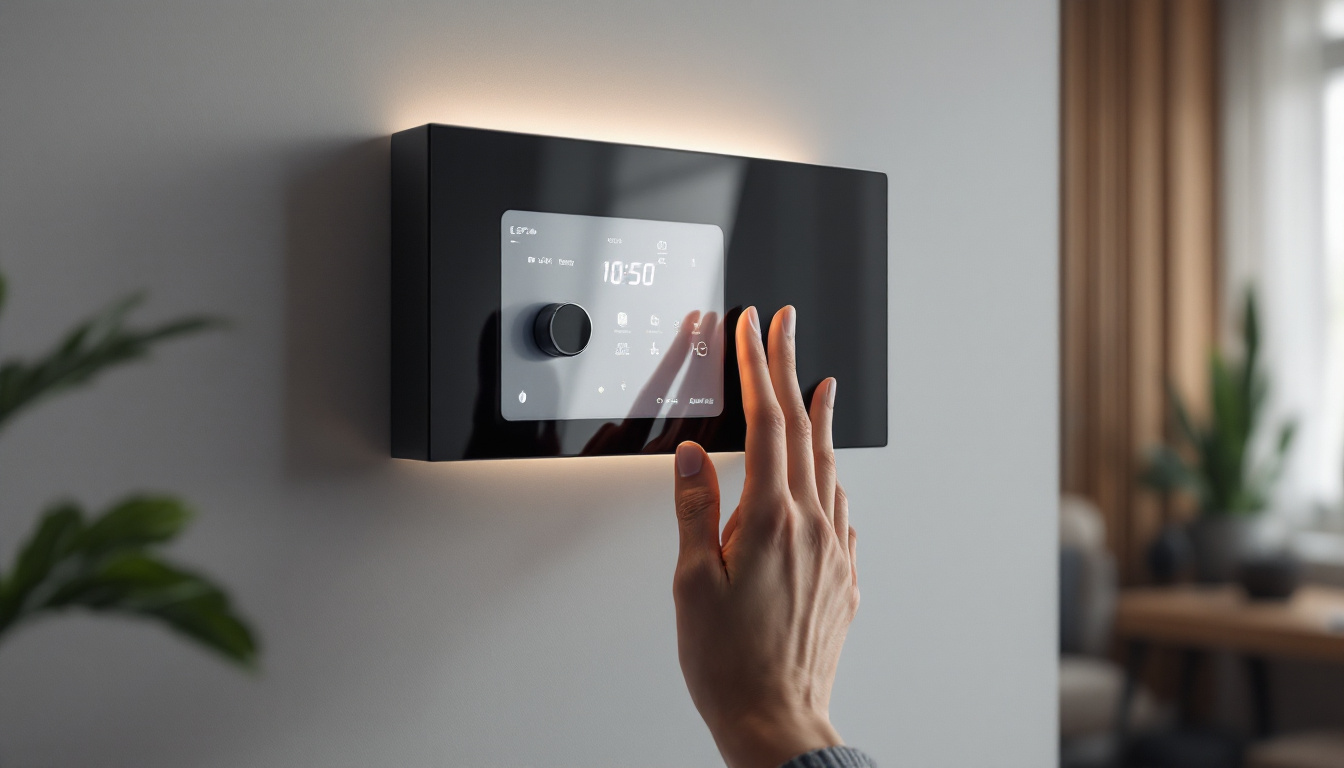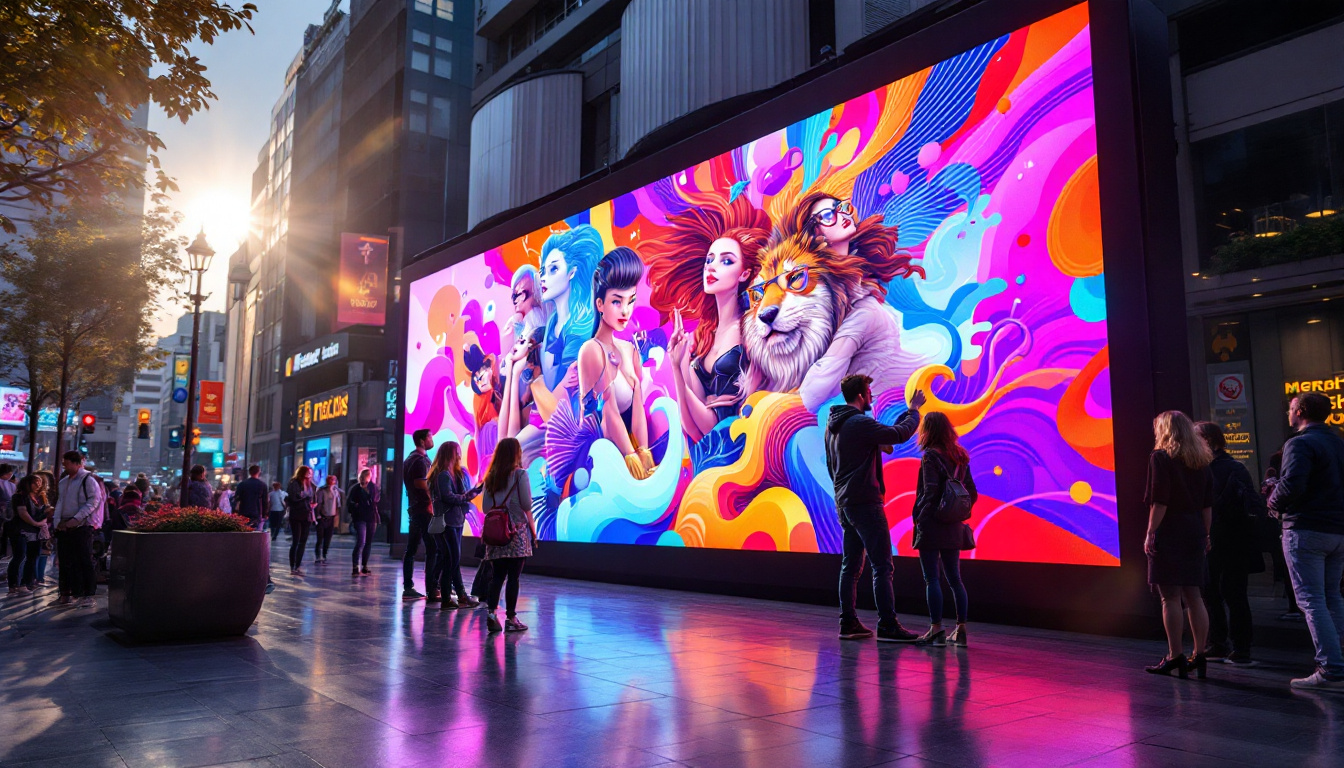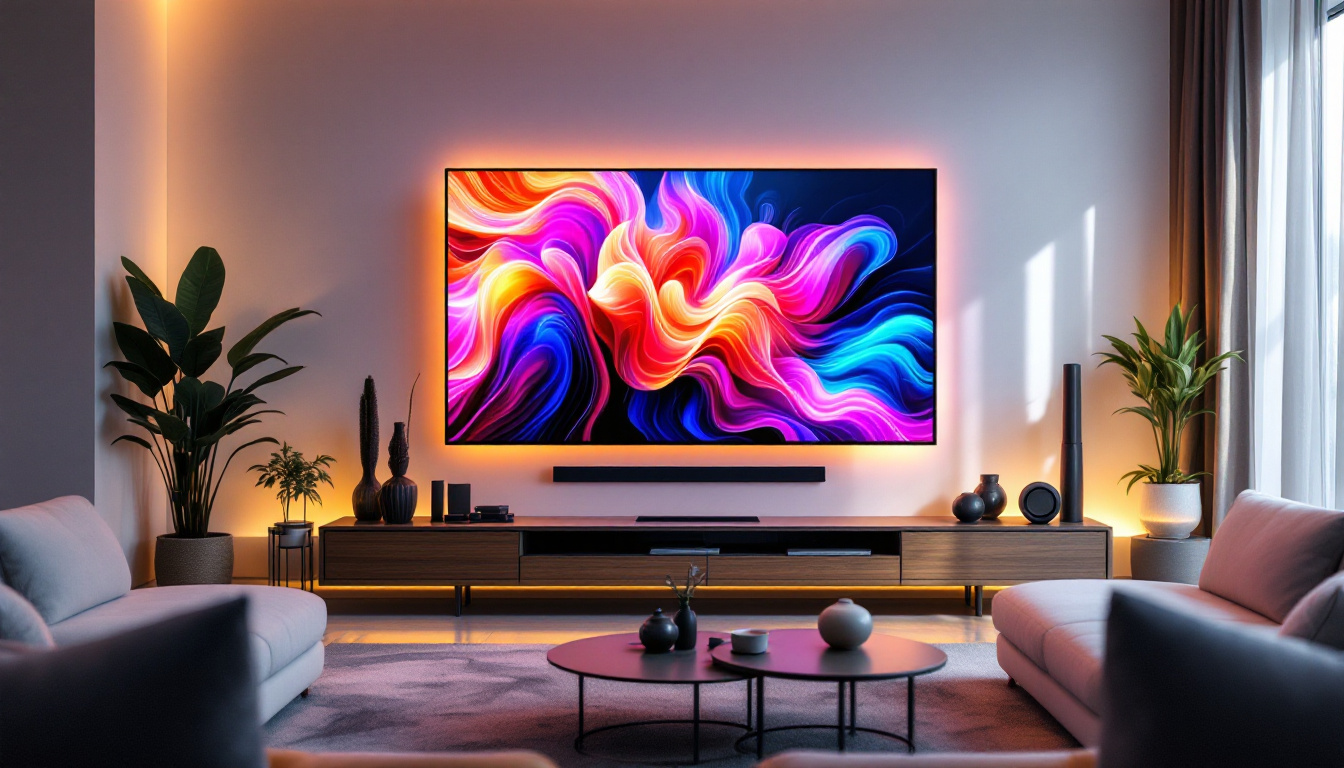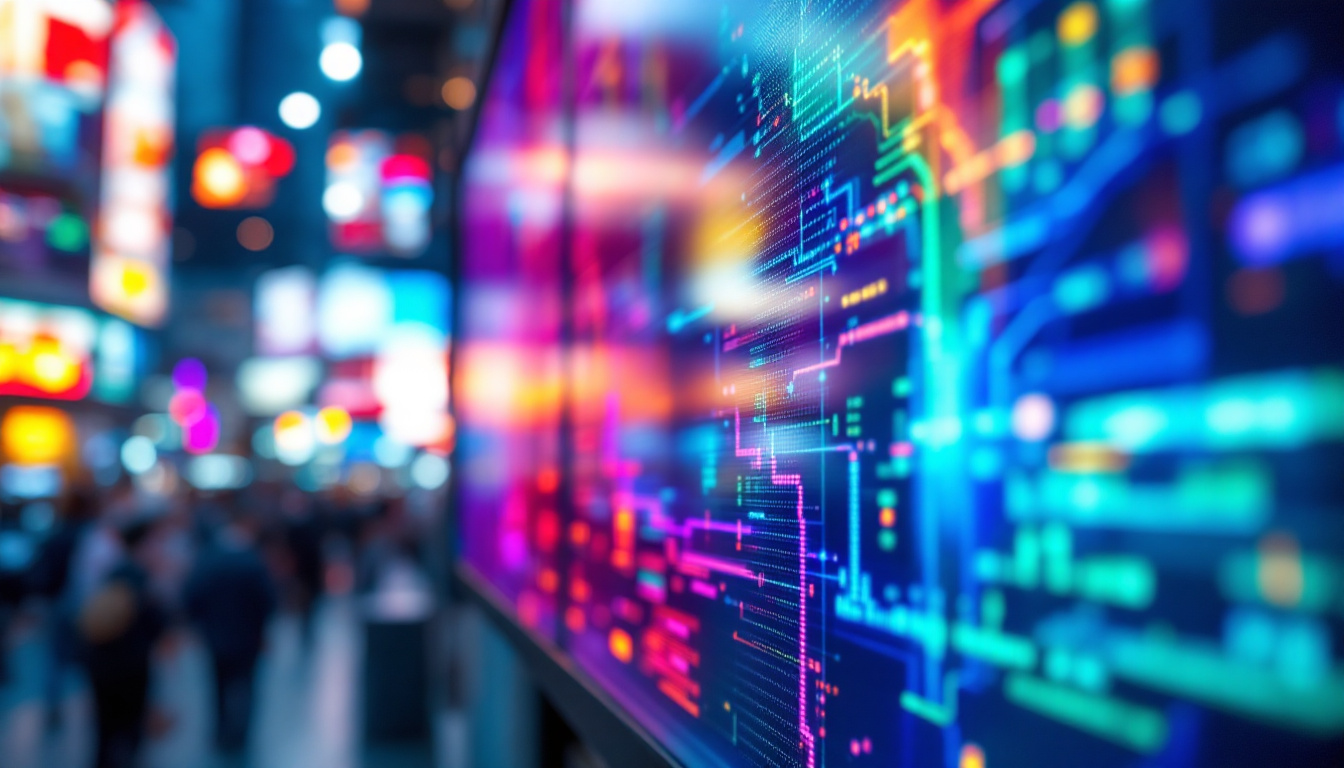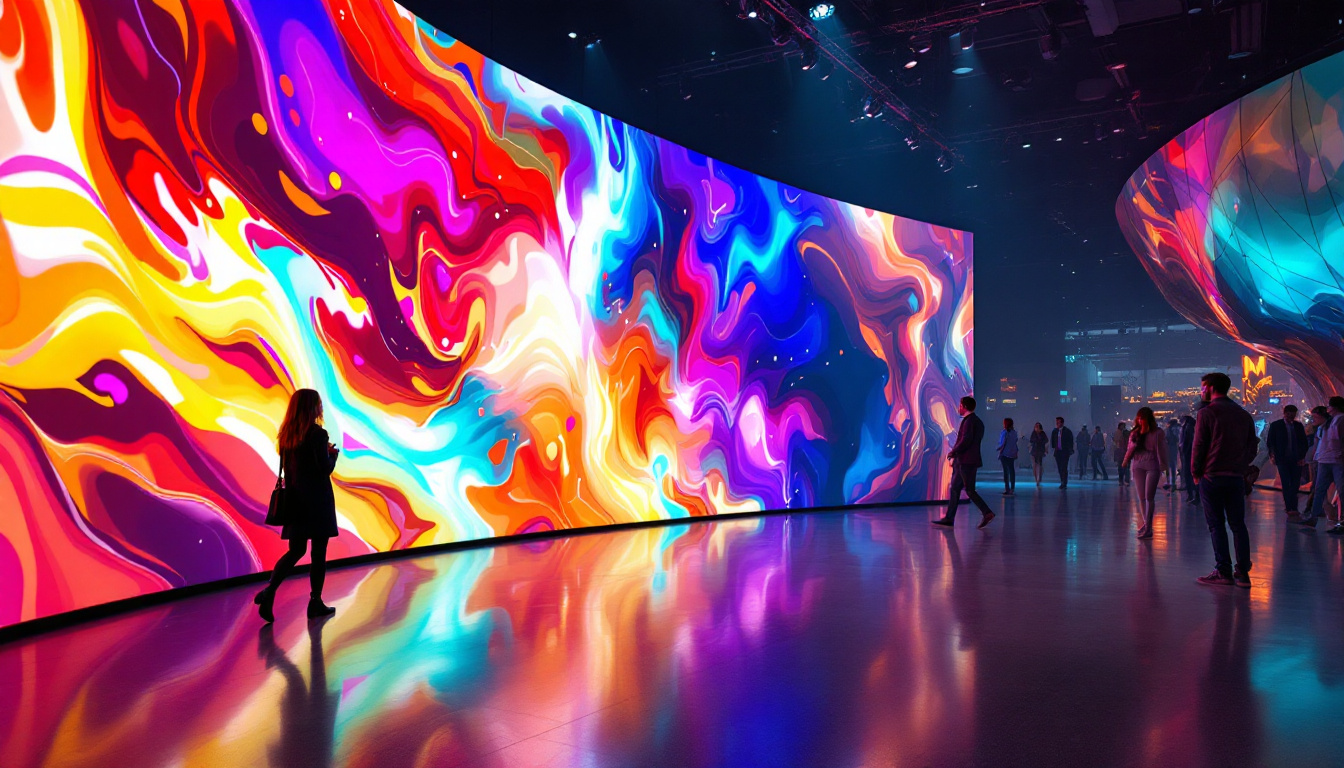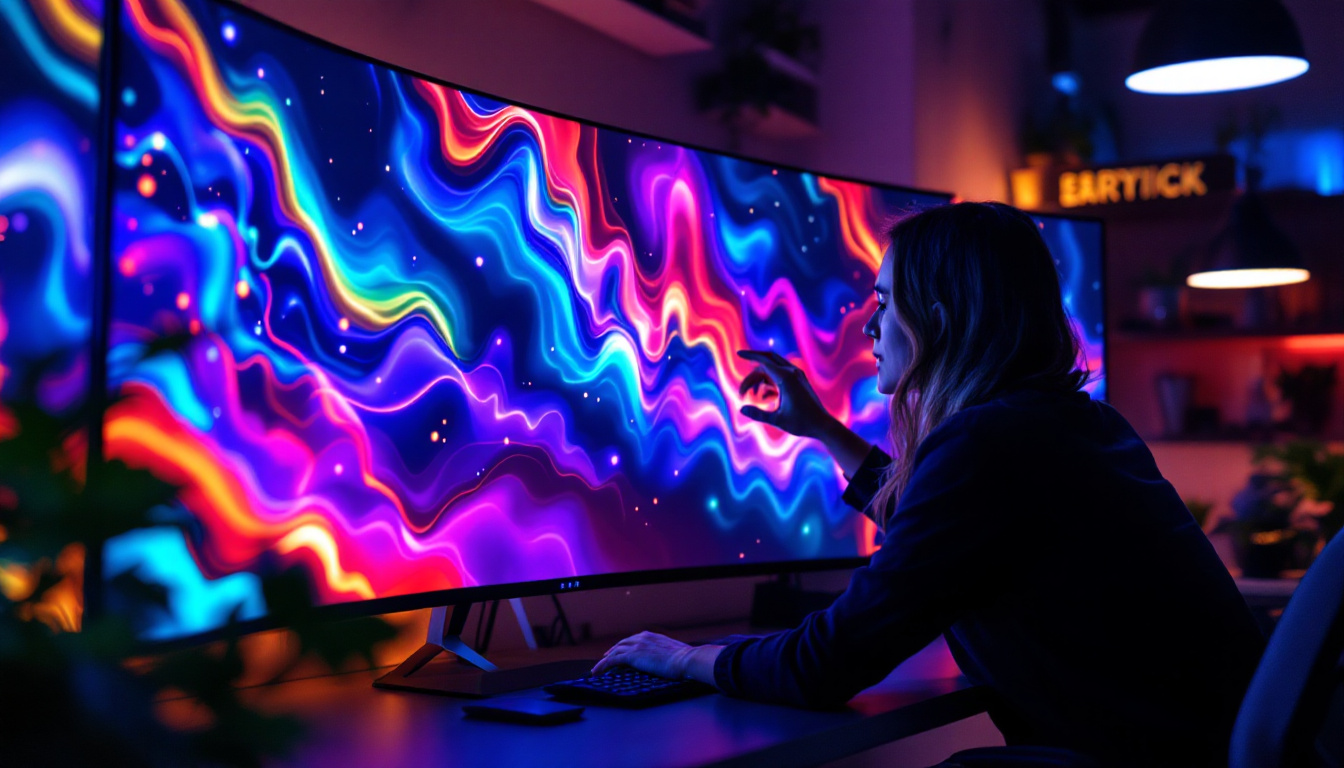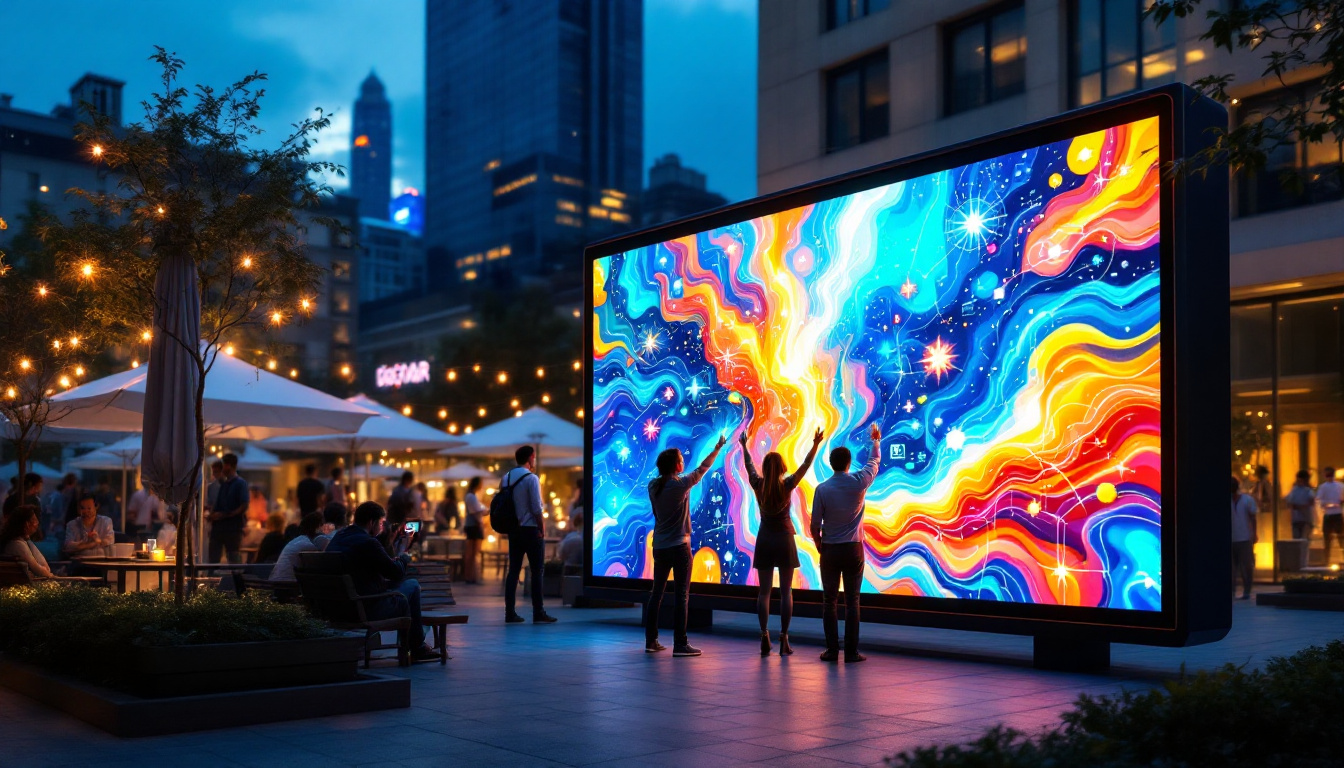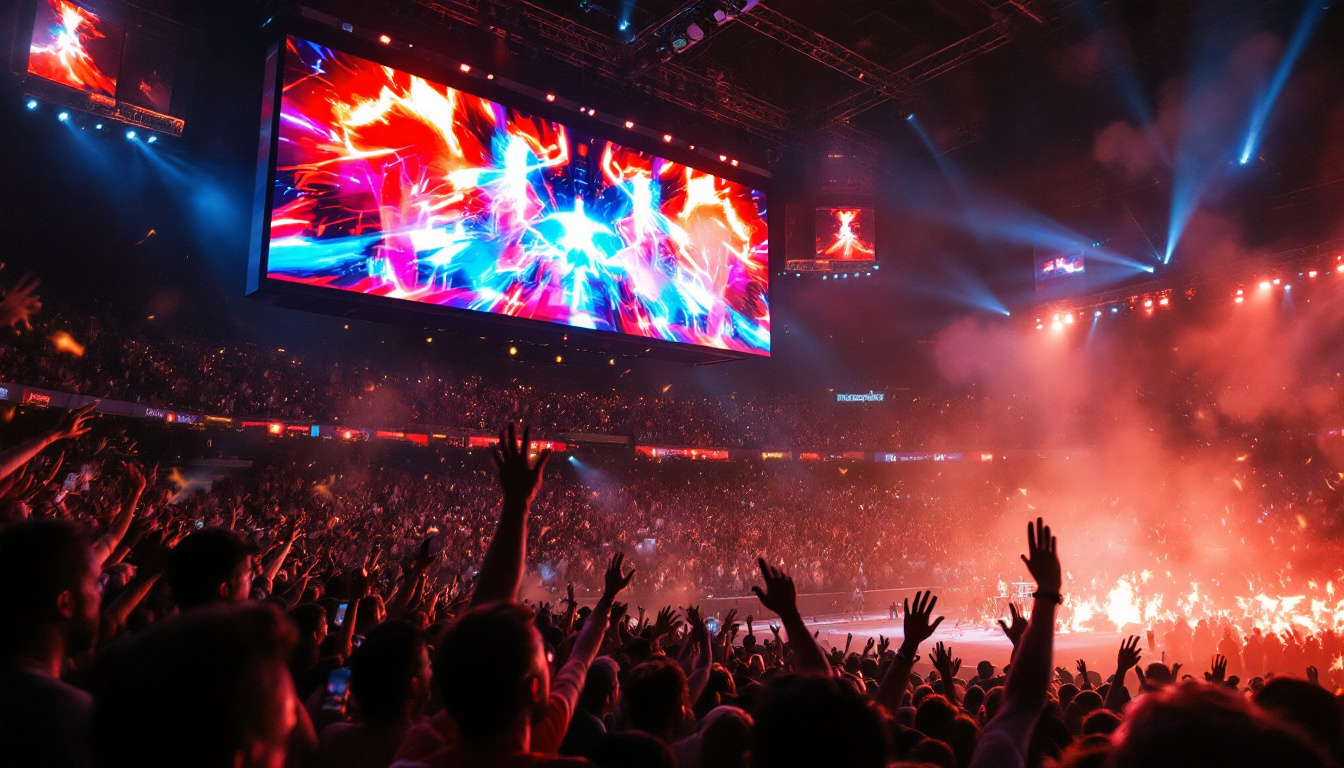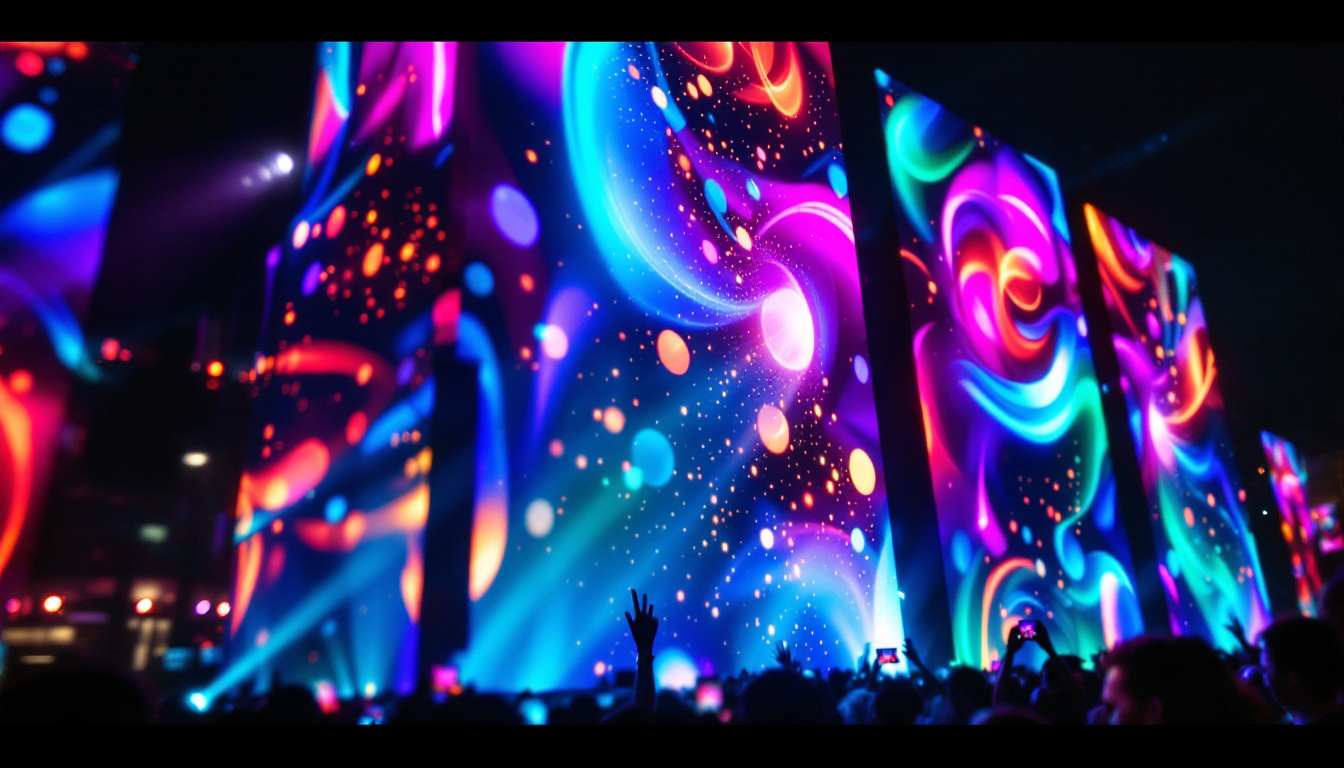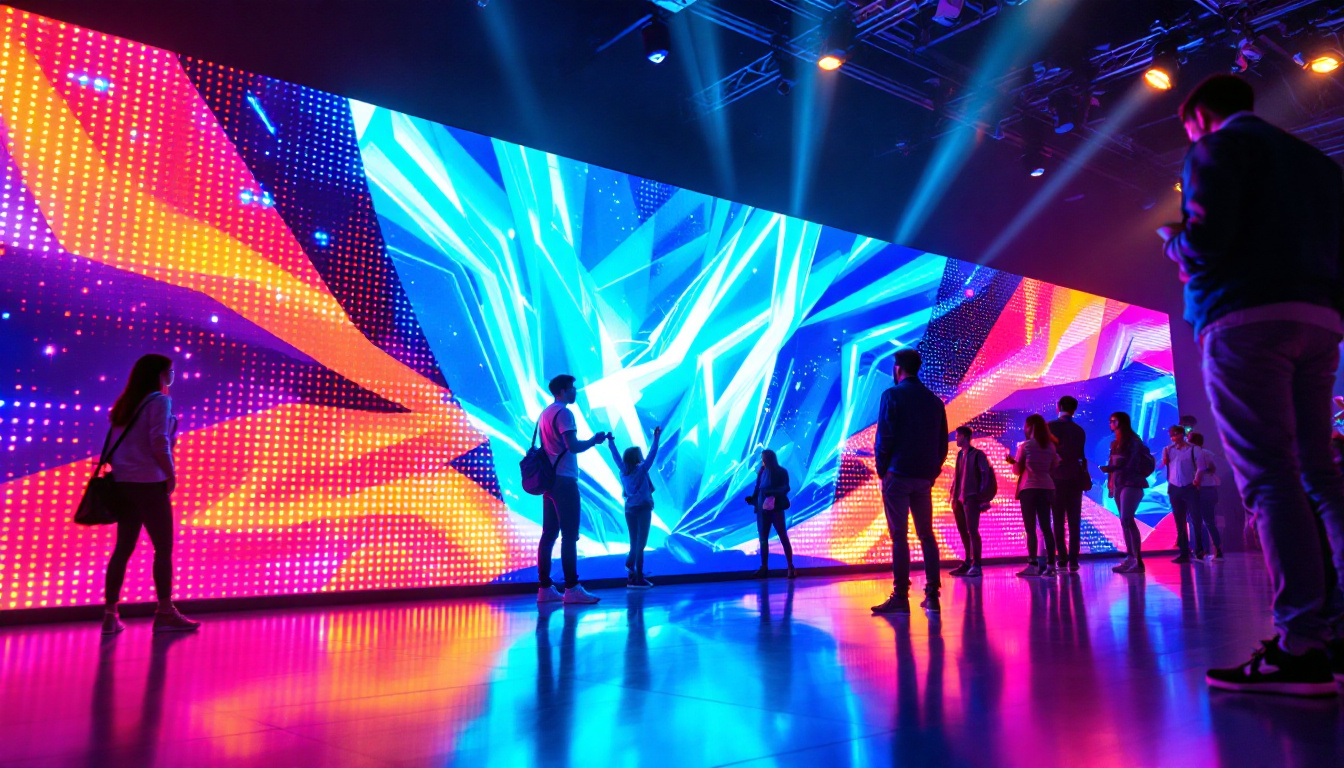In the rapidly evolving world of advertising, LED displays have emerged as a powerful tool for marketers and businesses alike. Their vibrant colors, dynamic content capabilities, and energy efficiency make them a popular choice for billboards. This article delves into the intricacies of LED displays, the factors to consider when purchasing, and the advantages they offer over traditional advertising methods.
Understanding LED Displays
LED, or Light Emitting Diode, displays are a type of digital screen that utilizes semiconductor technology to produce light. Unlike traditional billboards that rely on static images or printed graphics, LED displays can showcase moving images, videos, and animations, capturing the attention of passersby more effectively. This dynamic capability not only enhances advertising strategies but also allows for real-time updates, making them an essential tool for businesses looking to engage with their audience in a vibrant and interactive way.
How LED Displays Work
At the core of an LED display are numerous tiny diodes that emit light when an electric current passes through them. These diodes are arranged in a grid, which forms pixels that can change color and brightness. The combination of these pixels creates the images and videos that are displayed. The technology behind LED displays has evolved significantly, with advancements in pixel density and color accuracy, enabling them to produce stunning visuals that can be seen from great distances. This makes them particularly effective for large-scale advertising and public information displays.
LED displays can be categorized into two types: indoor and outdoor. Outdoor LED displays are designed to withstand various weather conditions and are typically brighter to ensure visibility in daylight. Indoor displays, on the other hand, are often used in shopping malls, airports, and other venues where high-resolution images are required. The versatility of LED technology allows for a range of applications, from sports arenas where live game footage is shown, to concert venues that use LED screens for immersive experiences, enhancing the overall atmosphere for attendees.
Types of LED Displays
There are several types of LED displays available on the market, each serving different purposes and environments. The most common types include:
- Full-Color LED Displays: These displays can show a wide range of colors and are suitable for advertising and entertainment. Their ability to display vibrant images makes them popular in places like Times Square, where they attract crowds with eye-catching visuals.
- Monochrome LED Displays: Typically used for text-based content, these displays are less expensive and ideal for simple messaging. They are often seen in applications like scoreboards or public transport information boards, where clarity and readability are paramount.
- RGB LED Displays: Utilizing red, green, and blue diodes, these displays can create a full spectrum of colors and are often used for high-quality video content. Their advanced technology allows for smooth transitions and detailed imagery, making them a favorite for digital signage in retail environments.
In addition to these common types, there are also specialized LED displays, such as transparent LED screens that allow for unique advertising opportunities without obstructing views, and flexible LED displays that can be curved or shaped to fit unconventional spaces. The innovation in LED technology continues to expand, paving the way for creative installations that push the boundaries of traditional display methods. As the demand for high-impact visual communication grows, LED displays are becoming an integral part of modern marketing strategies and urban landscapes.
Benefits of LED Displays
Investing in LED displays for billboard advertising comes with a myriad of benefits that can significantly enhance marketing efforts. These advantages can be categorized into visibility, flexibility, and cost-effectiveness.
Enhanced Visibility
One of the primary advantages of LED displays is their high visibility. The brightness of LED technology ensures that advertisements stand out, even in direct sunlight. This is particularly beneficial for outdoor advertising, where competition for attention is fierce.
Moreover, the ability to display dynamic content, such as animations and videos, further captures the interest of viewers. Studies have shown that moving images are more engaging than static ones, leading to increased brand recall and consumer interaction.
Content Flexibility
LED displays offer unparalleled flexibility in content management. Advertisers can easily update their messages in real-time, allowing for timely promotions and announcements. This capability is particularly advantageous for businesses that want to respond quickly to market trends or events.
Additionally, content can be scheduled to change at specific times of the day, maximizing the relevance of the advertisement to the audience. For instance, a restaurant might display breakfast specials in the morning and happy hour promotions in the evening.
Cost-Effectiveness
While the initial investment in LED displays may be higher than traditional billboards, the long-term savings can be substantial. LED technology is energy-efficient, consuming significantly less power than incandescent or fluorescent lighting. This translates to lower electricity bills over time.
Furthermore, the durability of LED displays means they require less frequent replacement and maintenance. Many LED displays come with warranties that last several years, providing peace of mind for advertisers.
Factors to Consider When Purchasing LED Displays
When considering the purchase of an LED display for billboard advertising, several factors should be taken into account. These considerations can influence both the effectiveness of the advertising and the return on investment.
Location and Environment
The location of the billboard plays a crucial role in determining the type of LED display to purchase. Outdoor displays must be weather-resistant and capable of withstanding harsh conditions, including rain, wind, and extreme temperatures.
Additionally, the location’s visibility is essential. An LED display placed in a high-traffic area will yield better results than one in a less frequented location. Understanding the demographics and behavior of the target audience in that area can also guide the decision-making process.
Resolution and Pixel Pitch
Resolution is a critical factor when selecting an LED display. It refers to the number of pixels in a given area, which directly affects the clarity and detail of the images displayed. A higher resolution is necessary for displays that will be viewed up close, while lower resolutions may suffice for those viewed from a distance.
Pixel pitch, the distance between the centers of two adjacent pixels, is another important consideration. A smaller pixel pitch results in a higher resolution and better image quality, but it also increases the cost. Balancing these factors based on the intended use and viewing distance is essential.
Budget and Financing Options
Establishing a budget is a fundamental step in the purchasing process. LED displays can range significantly in price based on size, resolution, and features. It is advisable to consider not only the initial purchase price but also the ongoing costs associated with maintenance and energy consumption.
Many suppliers offer financing options, allowing businesses to spread the cost over time. This can make the investment more manageable and enable companies to allocate their resources more effectively.
Installation and Maintenance of LED Displays
Once the decision to purchase an LED display has been made, the next steps involve installation and ongoing maintenance. Proper installation and care are crucial to ensuring the longevity and effectiveness of the display.
Installation Process
The installation of an LED display should be carried out by professionals with experience in handling such technology. This ensures that the display is mounted securely and correctly, minimizing the risk of damage or malfunction.
Factors to consider during installation include the structure’s integrity, power supply requirements, and connectivity to content management systems. A well-planned installation can significantly enhance the display’s performance and lifespan.
Regular Maintenance
Maintaining an LED display is essential for optimal performance. Regular checks should be conducted to ensure that all components are functioning correctly. This includes inspecting the power supply, cleaning the display surface, and checking for any pixel failures.
Many manufacturers offer maintenance contracts that provide routine servicing and support. Investing in such services can prevent costly repairs and extend the life of the display.
Future Trends in LED Display Technology
The LED display industry continues to evolve, with advancements in technology shaping the future of billboard advertising. Staying informed about these trends can help businesses make strategic decisions regarding their advertising strategies.
Smart LED Displays
One of the most significant trends is the rise of smart LED displays. These displays integrate advanced technologies such as artificial intelligence and machine learning, allowing for more personalized and targeted advertising. Smart displays can analyze viewer data and adjust content in real-time, enhancing engagement and effectiveness.
Moreover, smart displays can connect to the internet, enabling remote management and updates. This capability allows advertisers to change content instantly, respond to real-time data, and optimize their campaigns for better results.
Environmental Sustainability
As businesses become increasingly aware of their environmental impact, sustainable practices are gaining traction in the LED display industry. Manufacturers are focusing on creating energy-efficient displays and utilizing recyclable materials in production.
Additionally, the integration of solar power into LED displays is becoming more common, allowing for off-grid installations that reduce reliance on traditional energy sources. This trend not only benefits the environment but can also reduce operational costs for businesses.
Conclusion
Investing in LED displays for billboard advertising presents a unique opportunity for businesses to enhance their marketing efforts. With their vibrant visuals, dynamic content capabilities, and long-term cost savings, LED displays are a powerful tool in the advertising arsenal.
When considering a purchase, it is essential to evaluate factors such as location, resolution, budget, and maintenance needs. By staying informed about the latest trends and advancements in technology, businesses can make strategic decisions that maximize their advertising impact.
As the landscape of advertising continues to evolve, LED displays will undoubtedly play a crucial role in shaping the future of how brands connect with consumers.
Discover LumenMatrix’s Innovative LED Solutions
Ready to elevate your advertising strategy with cutting-edge LED technology? Look no further than LumenMatrix, a leader in crafting immersive visual experiences through advanced LED display modules. From the bustling streets with Outdoor LED Wall Displays to the dynamic environment of sports arenas with LED Sports Displays, LumenMatrix offers a diverse range of solutions tailored to your needs. Embrace the future of visual communication with our Indoor LED Wall Displays, Vehicle LED Displays, and more, all designed to captivate your audience and amplify your message. Check out LumenMatrix LED Display Solutions today and transform the way you connect with consumers.

